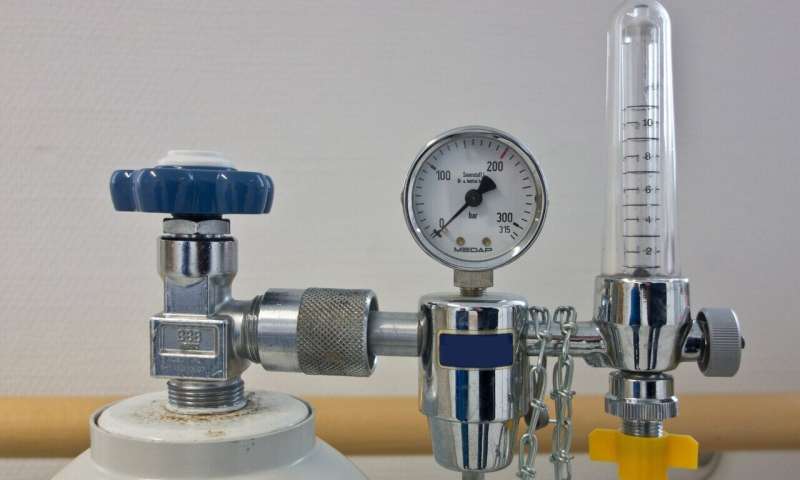Pandemic planning tool could help hospitals meet surges in critical care demand

A new planning tool could help hospitals to plan critical capacity more effectively, enabling them to meet increased demand from COVID-19.
Developed by researchers at Imperial College London, the tool can calculate the capacity of beds, staff and ventilator equipment when implementing a number of healthcare provision interventions—such as canceling elective surgeries and converting operating theaters to critical care wards.
It can also show how much capacity can be gained by implementing strategies to manage admissions and increase and reorganise care.
The analysis is presented in the latest report from by The WHO Collaborating Centre for Infectious Disease Modelling within the MRC Centre for Global Infectious Disease Analysis (GIDA), and Abdul Latif Jameel Institute for Disease and Emergency Analytics (J-IDEA).
According to the researchers, the work could support decision-makers to deliver a fast, effective and coordinated response to extreme surges in demand for hospital care presented by the COVID-19 pandemic.
Supporting clinical capacity planning
By improving hospital capacity planning, health systems are better prepared to respond to the pandemic and ensure adequate access to care, thereby mitigating the burden of the pandemic and saving lives.
Dr. Katharina Hauck, Deputy Director of J-IDEA who led the work, said: "Some countries are facing a surge in patients requiring urgent life-saving care. The J-IDEA pandemic hospital planner gives practical support to decision makers in preparing hospitals for this difficult task, so they can hopefully save as many lives as possible with the given resources."
The pandemic planning tool is publicly available, interactive and adaptable to different and changing circumstances and newly emerging evidence.
Data from multiple sources is incorporated in a spreadsheet consisting of five sheets. It estimates the additional number of beds, medical staff and ventilators obtained under alternative healthcare interventions. It uses flexible inputs on assumptions of existing capacities, the number of hospitalizations, beds-to-staff ratios, and staff absences due to COVID-19.
Some of the healthcare provision interventions that the tool examines include:
- Cancellation of elective surgeries
- National guidelines for the prioritization of critical care resources
- Setting up field hospitals, such as the Nightingale Hospital in East London
- Use of private healthcare resources
- Converting operating theaters to critical care wards
- Upskilling of staff to work in critical care wards
- Return of former healthcare staff
- Deployment of newly qualified and final year medicine and nursing students
- Procurement and donations of newly manufactured ventilators
The researchers highlight that the planning tool has been developed rapidly and has limitations which will be addressed through continuous refinements over the coming months.
More information: Report 15 - Strengthening hospital capacity for the COVID-19 pandemic: www.imperial.ac.uk/mrc-global- … 5-hospital-capacity/




















